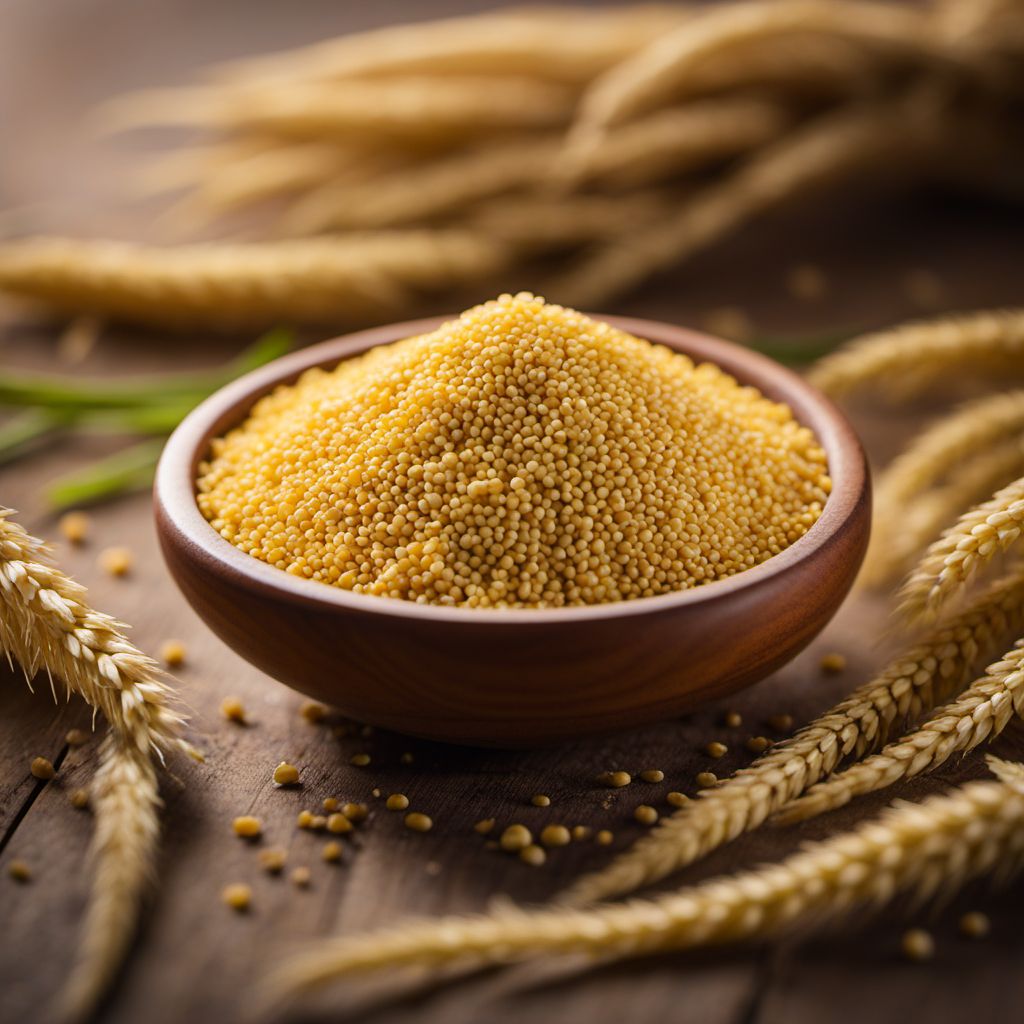
Ingredient
Common millet grain
The Mighty Millet: A Nutritious Ancient Grain
Common millet grains are small, round, and yellowish in color. They have a mild, nutty flavor and a slightly chewy texture when cooked. Millet is gluten-free and can be used as a substitute for wheat or rice in various recipes.
Origins and history
Millet has a long history of cultivation, dating back to ancient times. It is believed to have originated in Africa and spread to Asia and Europe. Millet has been a staple food in many cultures, particularly in regions with arid climates where other crops may struggle to grow. It has been used in traditional dishes such as Indian upma, African couscous, and Chinese millet porridge.
Nutritional information
Common millet is a nutrient-dense grain, rich in fiber, protein, and essential minerals such as magnesium and phosphorus. It is also a good source of antioxidants and phytochemicals, which contribute to its health benefits. One cup of cooked millet provides approximately 207 calories.
Allergens
Common millet is gluten-free and does not contain any known allergens.
How to select
When selecting millet, look for grains that are clean, dry, and free from any signs of moisture or insect damage. Opt for whole millet grains rather than pre-ground millet flour for better quality and freshness. Store millet in an airtight container in a cool, dark place to maintain its flavor and prevent spoilage.
Storage recommendations
To prolong the shelf life of millet, store it in an airtight container in a cool, dry place away from direct sunlight. Proper storage helps prevent moisture absorption and insect infestation. Cooked millet can be stored in the refrigerator for up to 5 days.
How to produce
Common millet can be grown in a backyard or garden by sowing the seeds directly into well-drained soil. It requires minimal maintenance and can tolerate various growing conditions, making it an ideal crop for home cultivation.
Preparation tips
Before cooking millet, rinse it thoroughly to remove any debris or impurities. To cook millet, combine one part millet with two parts water or broth in a saucepan. Bring to a boil, then reduce the heat and simmer for approximately 20 minutes, or until the grains are tender and have absorbed the liquid. Fluff with a fork before serving.
Substitutions
Quinoa can be used as a substitute for millet, offering a similar texture and nutritional profile. Other suitable substitutes include amaranth, buckwheat, or rice, depending on the recipe's requirements.
Culinary uses
Common millet is commonly used in porridges, pilafs, salads, and baked goods. It can be cooked and served as a side dish, used as a base for grain bowls, or incorporated into veggie burgers and patties. In some cultures, millet is fermented to make alcoholic beverages or used to feed livestock.
Availability
Common millet is cultivated and consumed in various regions around the world, including Africa, Asia, Europe, and North America.
More ingredients from this category

Barnyard millet
The Tiny Grain with Big Benefits: Exploring the Wonders of Barnyard Millet

Black fonio grain
The Tiny Nutritional Powerhouse
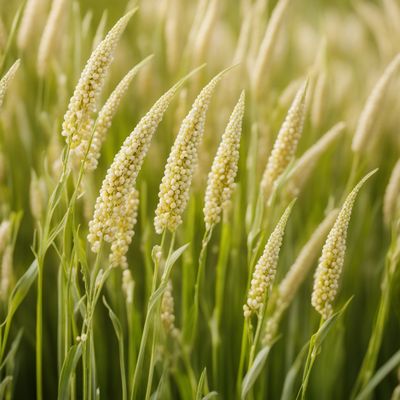
Little millet grain
The Mighty Mini Grain

White fonio grain
The Ancient Superfood: Unlocking the Power of White Fonio Grain
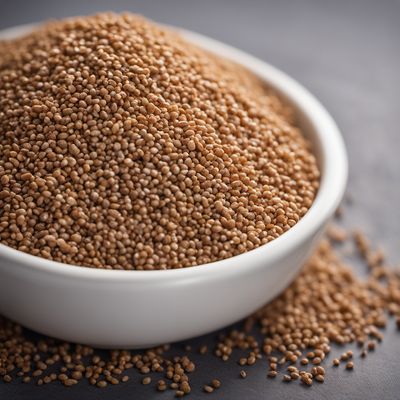
Teff grain
Teff: The Ancient Superfood
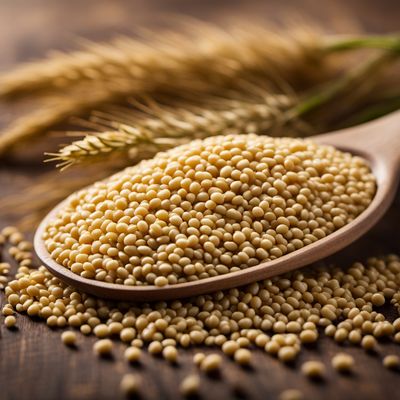
Foxtail millet grain
The Ancient Superfood: Foxtail Millet Grain

Finger millet grain
The Nutritional Powerhouse: Finger Millet Grain

Job's tears grain
The Ancient Grain of Health

Canary grass grain
The Nutritional Powerhouse: Canary Grass Grain

Pearl millet grain
The Nutrient-Rich Ancient Grain: Pearl Millet Unveiled
Recipes using Common millet grain

Creamy Mushroom Fuži Pasta
Savory Delight: Creamy Mushroom Fuži Pasta
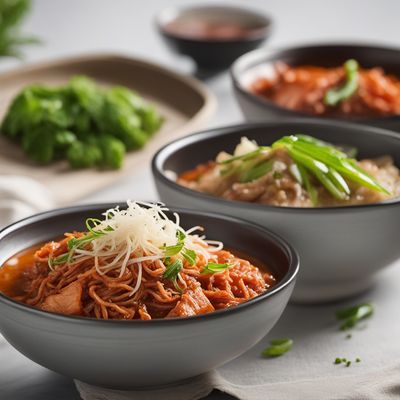
North Korean-style Hönökaka
Kimchi-infused Hönökaka: A Fusion of Swedish and North Korean Flavors

Karē Pan - Japanese Curry Bread
Golden Crispy Delight: Japanese Curry Bread

Møsbrømlefse with Lingonberry Jam
Norwegian Delight: Creamy Møsbrømlefse with a Tangy Twist